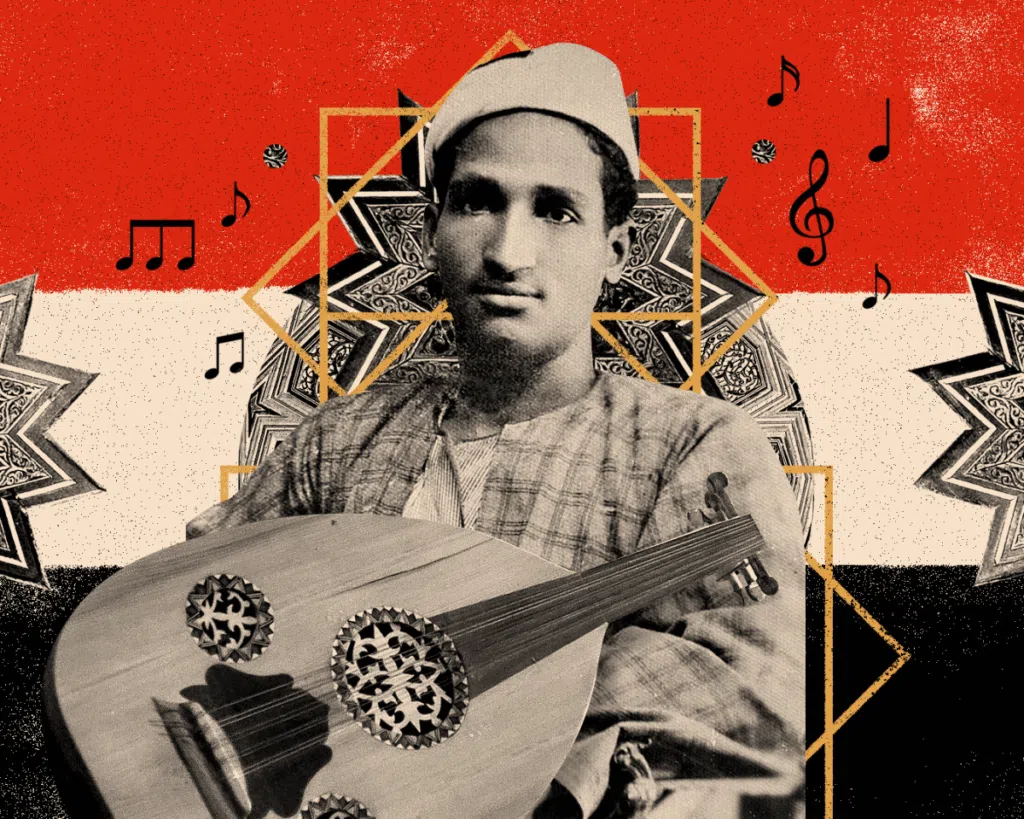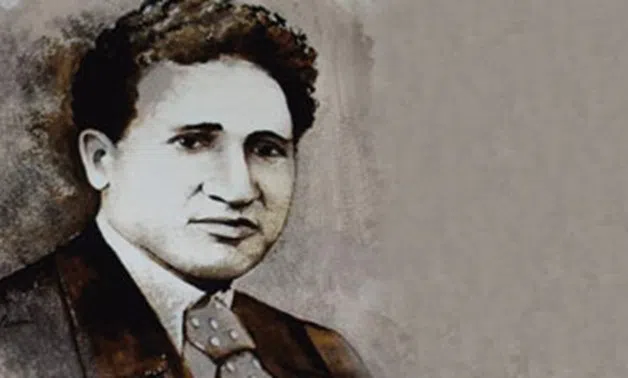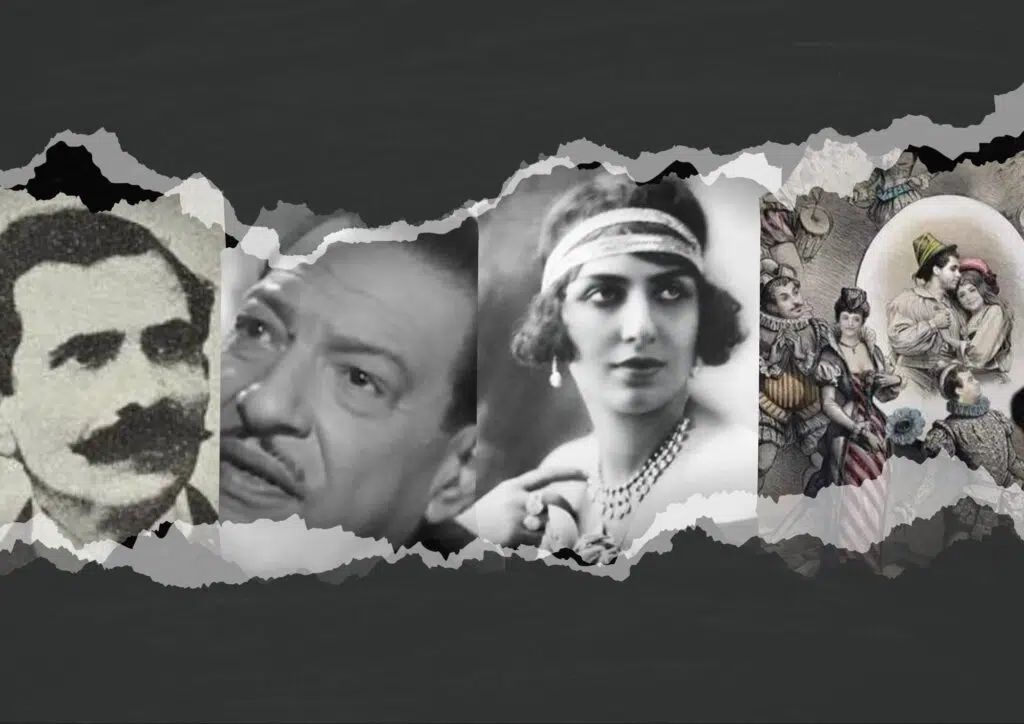Sayed Darwish was an Egyptian singer-composer, known as the father of modern Egyptian popular music. He blended folk, patriotic themes, and Western harmony, significantly impacting Egypt’s music.

Sayed Darwish’s Alexandria Home Is Getting Turned Into Museum!
In Alexandria’s Kom El-Dikka district, where iconic composer Sayed Darwish was born, a grassroots initiative is turning the remains of his childhood home into a museum. Led by Mena Zaki and supported by the community, the project revives Egypt’s musical memory through donations, aiming to preserve Darwish’s legacy with rare items and personal belongings.
The house, once filled with revolutionary melodies, will now become a cultural space celebrating the voice of the people. The Sayed Darwish Foundation, a nonprofit, is managing the transformation, sparked by a moment of reflection and a strong sense of responsibility toward Alexandria’s forgotten heritage.
Now let’s talk about who Sayed Darwish really was..

Who is Sayed Darwish?
Darwish was an Egyptian artist from Alexandria, known for his talents as a singer, songwriter, record producer, and musician.
Born in 1892 and passing away in 1923, Darwish is celebrated as the father of Egyptian popular music. He is regarded as one of Egypt’s most remarkable musicians and, by some, as the greatest composer.
Sayed’s Childhood
Sayed Darwish was born on 17 March 1892. Due to his family’s financial hardship, he was sent to a religious school, where he became skilled in Quranic recitation under Sheikh Muhammad Salamah.
After earning the title “Sheikh Sayed Darwish,” he continued his education at Azhar University for two years.
Eventually, he left his religious studies to follow his true passion, music, joining a music school where his teacher recognized his talent and pushed him to pursue it seriously.

Sayed’s Musical Debut
In parallel, Darwish trained as a cantor and worked as a bricklayer to help support his family. While singing on-site, he was discovered by the manager of the Syrian Attalah Brothers group, who immediately hired him.
Although his tour in Syria didn’t bring fame, it helped shape his musical education. Upon returning to Egypt before World War I, Darwish performed in cafes and small venues, learning the works of 19th-century composers and gradually adding his own roles and poems (or muwashahat).
Despite his innovative style, he struggled to gain popularity at first due to his modest stage presence, especially compared to stars like Saleh AbdelHay and Zaki Murad.
In 1918, after several setbacks performing in cafés, Sayed Darwish shifted toward opera musical theaters, following the path of Sheikh Salama Hegazy.
He moved to Cairo and began working with key figures like Nagib El-Rihani and playwright Badiea Khayri, contributing to the success of their comedic musicals that blended satire, nationalism, and social commentary, most notably in works like Al-Ashara Al-Tayiba.
He also composed for other major groups, including Aly El Kassar’s, and partnered with star singer Monira al-Mahdiya on comic musicals like Kolaha Yomen.
Though he launched his own company and starred in ‘Shahrazad’ and ‘El-Barouka’, these did not meet expectations, and he returned to composing for others until his death in 1923.

Sayed Darwish’s stage music had a clear Western influence. He replaced the traditional Arabic band (takht) with a European-style group led by his conductor, Signore Casio.
Many of his tunes were written in ways that fit the piano, and his singing style was inspired by Italian opera, though he added an Egyptian touch.
Still, his light and catchy songs—like “Salma ya Salama,” “Zorouni Kol Sana Marra,” and “ElHelwa Di Amet Teagen”—became the most popular and are now part of Egyptian culture.
He also wrote more serious music, including about twenty traditional songs and ten longer pieces, where he limited the usual room for improvisation and even wrote out emotional parts usually left for the singer to feel out.
Darwish’s music became a powerful symbol of national pride, especially during the 1919 revolution against British occupation.
His songs gave voice to the feelings of everyday Egyptians, expressing their anger, hope, and desire for freedom. Pieces like “Aho Da Eli Sar” weren’t just catchy; they carried real political messages and united people through music. Although many of his lyrics were written by the well-known poet Badie Khayri, it was Darwish’s melodies and emotional style that brought those words to life.
He managed to blend traditional Egyptian themes with modern sounds in a way that felt fresh but was still deeply connected to the people.
Through his work, Darwish helped define what it meant to be Egyptian in a changing world. His music didn’t just entertain—it became a form of resistance and a voice for the people during one of the country’s most important moments.
Sayed Darwish played a key role in shaping Egypt’s national identity through music. He composed the melody for the Egyptian national anthem, “Bilady, Bilady, Bilady,” using words adapted from a famous speech by nationalist leader Mustafa Kamel.
Coincidentally, on the day Darwish passed away, national leader Saad Zaghloul returned from exile. Egyptians welcomed him by singing Darwish’s new song, “Masrena Watanena, Saadaha Amalna,” which was written in honor of Saad and became another patriotic anthem.
The moment captured how closely Darwish’s music was tied to the hopes and struggles of the Egyptian people, and how his legacy lived on even in his final hours.






